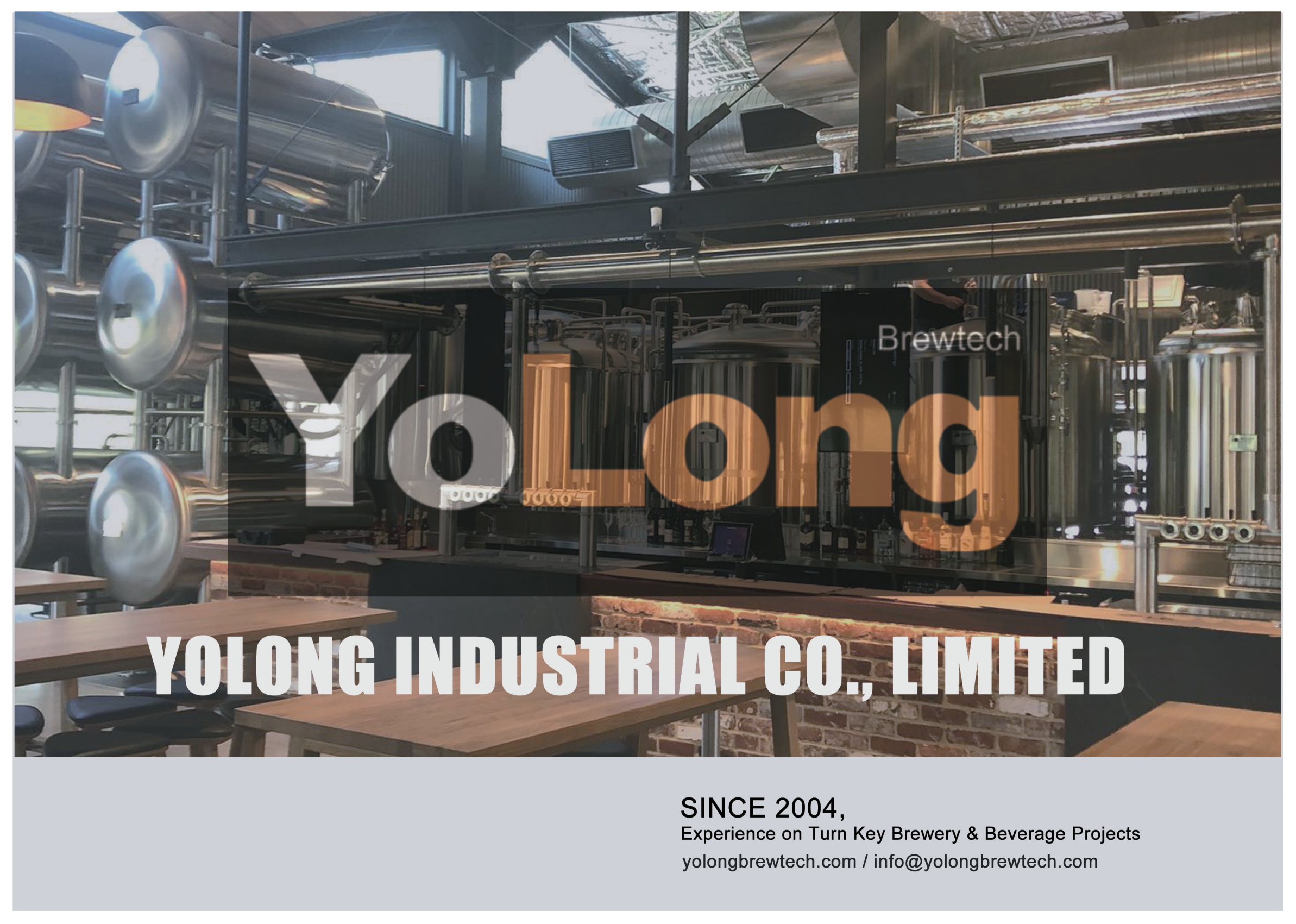How to Set Up a Beer Brewing Plant
What is a Beer Brewing Plant?
A beer brewing plant is a facility where beer is produced through a systematic process involving fermentation, filtration, and packaging. From small craft breweries to large industrial beer manufacturing plants, these facilities are designed to convert raw ingredients—malted barley, hops, yeast, and water—into the flavorful beverage enjoyed worldwide.
Brewing is both an art and a science. While small-scale homebrewing is a fun hobby, commercial brewing requires a well-structured plant with specialized equipment to maintain consistency, efficiency, and high-quality output. Modern breweries leverage automation, precise temperature control, and high-tech filtration systems to enhance productivity and flavor profiles.
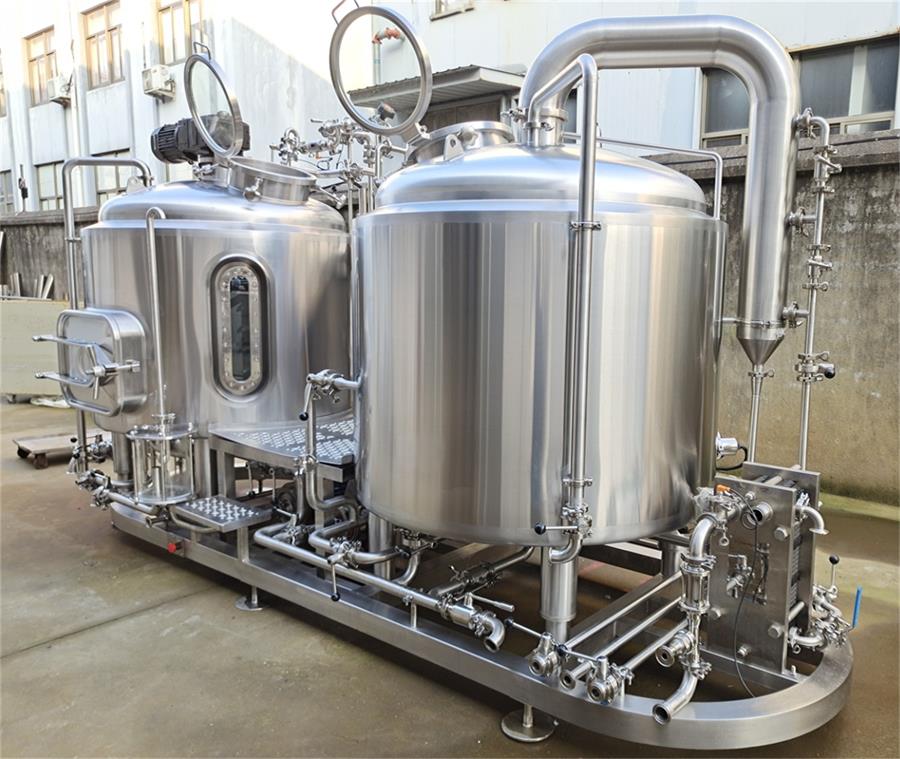
Explaining the Growth Trend of the Beer Market
Beer is one of the oldest and most consumed alcoholic beverages globally, and its market has witnessed significant expansion in recent years. Several factors contribute to this trend:
- Rising Craft Beer Popularity – Consumers are moving towards craft beer for its unique flavors, high-quality ingredients, and small-batch appeal. The craft beer market alone is expected to grow at a CAGR of 10-12% in the coming years.
- Globalization of Beer Brands – International beer brands continue expanding their footprints, leading to increased investments in brewing plants worldwide.
- Changing Consumer Preferences – There’s a growing demand for low-alcohol, non-alcoholic, and flavored beers, influencing breweries to innovate.
- Technological Advancements – Automation, AI, and data-driven brewing techniques have made beer production more efficient, reducing costs and increasing output.
With increased disposable income, urbanization, and a cultural shift toward social drinking, the beer market is poised for robust growth.
The Basic Process of Beer Brewing
Beer brewing is a meticulous process that transforms raw ingredients into the golden beverage we love. Here’s how it happens:
- Malting – Barley grains are soaked, germinated, and dried to develop enzymes essential for starch conversion.
- Mashing – Malted barley is mixed with hot water to break down starches into fermentable sugars, forming a sweet liquid called wort.
- Boiling & Hopping – The wort is boiled, and hops are added for bitterness, aroma, and preservation.
- Fermentation – Yeast is introduced to the cooled wort, converting sugars into alcohol and carbon dioxide.
- Conditioning & Maturation – The beer is aged to develop flavors, remove unwanted compounds, and achieve clarity.
- Filtration & Carbonation – Impurities are removed, and carbonation levels are adjusted.
- Packaging – The finished beer is bottled, canned, or kegged for distribution.
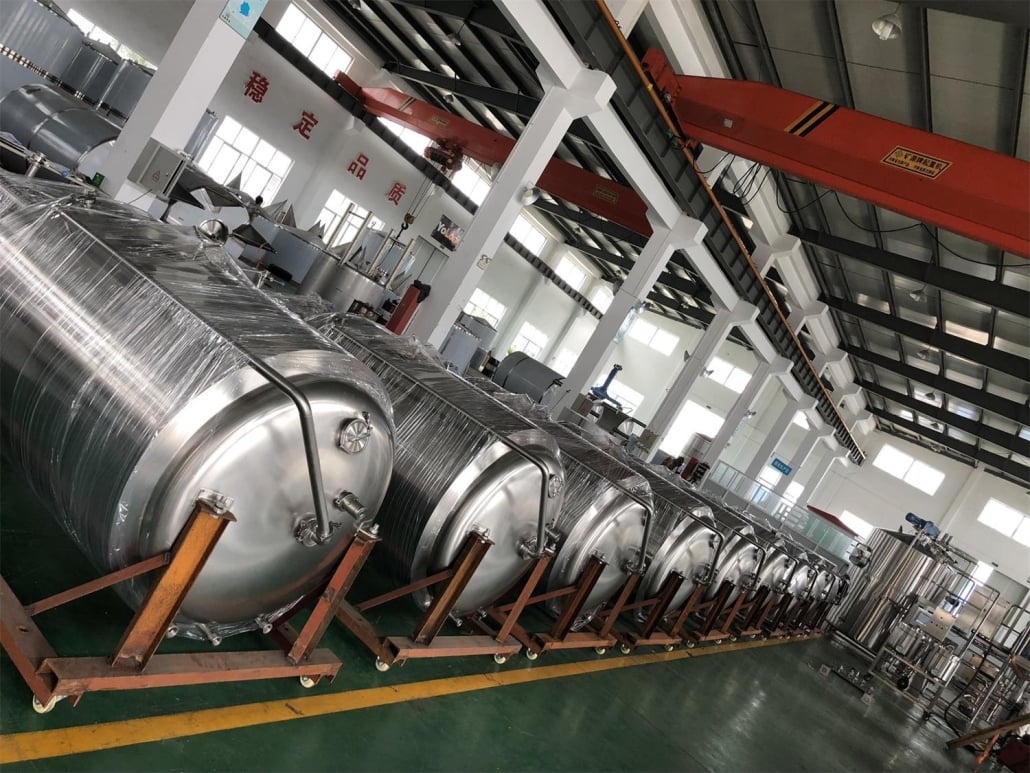
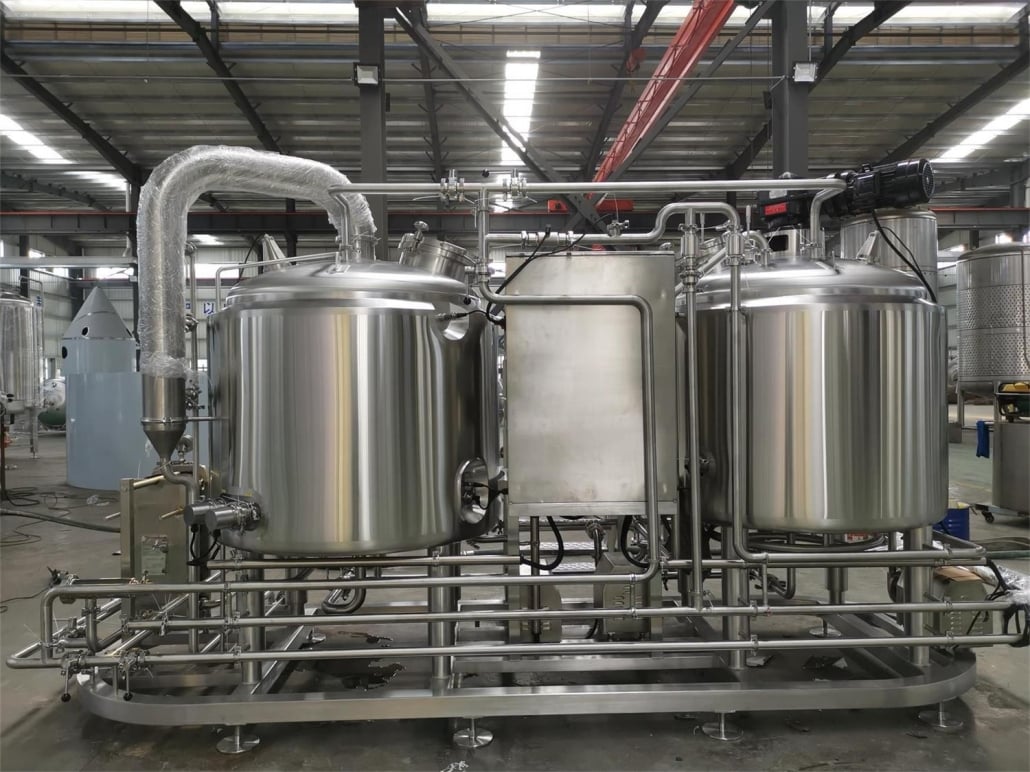
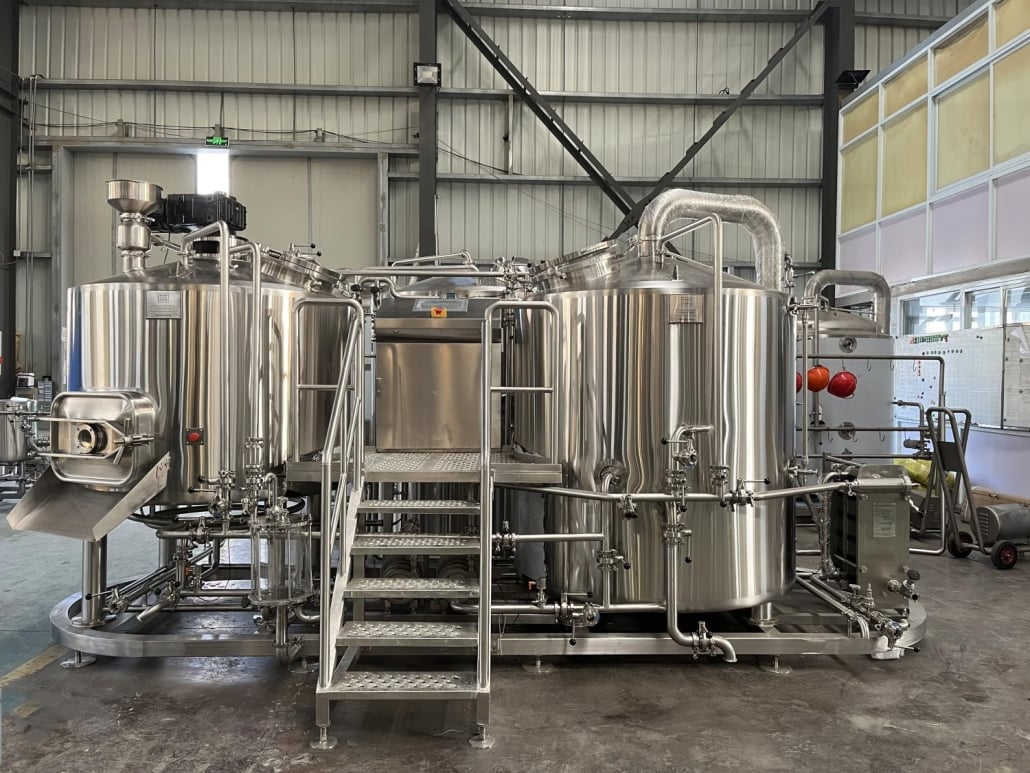
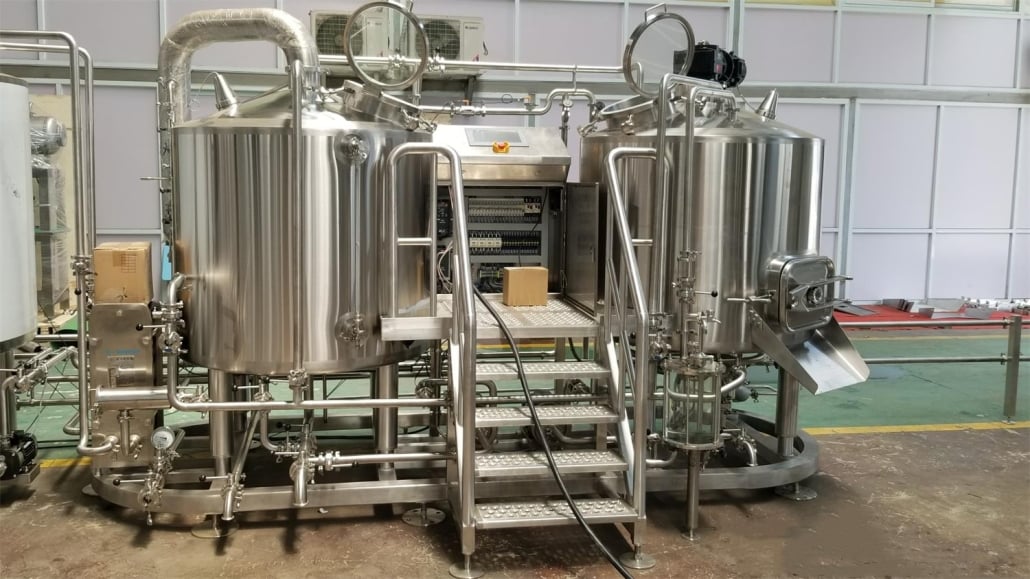
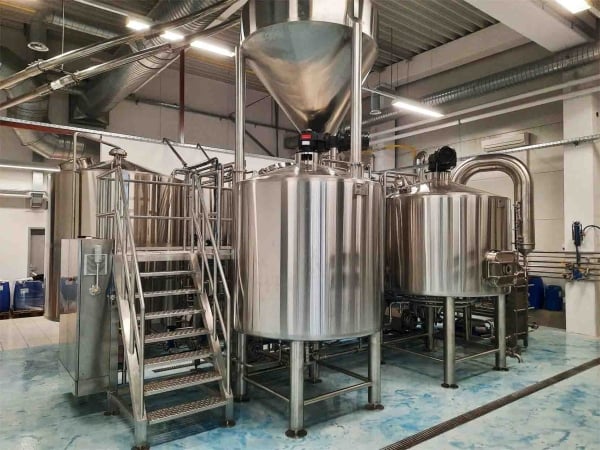
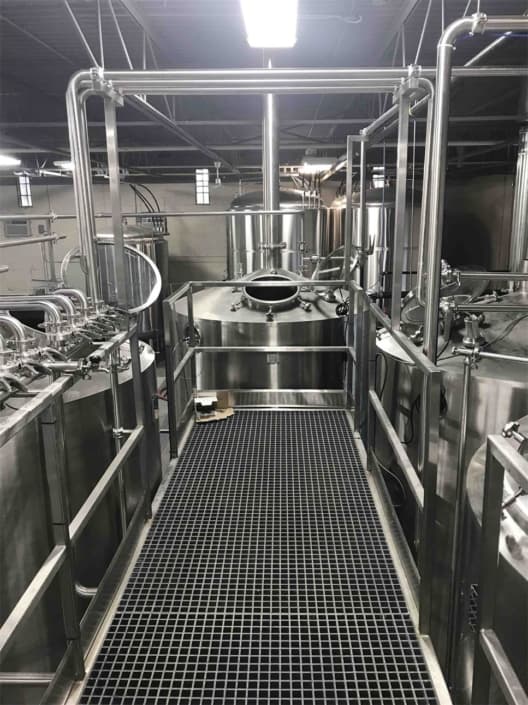
Key Equipment for Beer Brewing Plant
A successful brewing plant requires specialized equipment. Below is a table highlighting essential brewing components:
| Equipment | Purpose | Key Features |
|---|---|---|
| Malt Mill | Crushes malted barley for mashing | Adjustable grind size, roller mill |
| Mash Tun | Converts starches into fermentable sugars | Temperature control, agitation system |
| Lauter Tun | Separates wort from grain solids | False bottom, sparging system |
| Boil Kettle | Boils wort and adds hops | Steam jacket, whirlpool function |
| Fermentation Tanks | Converts sugars into alcohol with yeast | Cooling jackets, pressure control |
| Bright Beer Tanks | Matures and clarifies beer before packaging | Carbonation system, aseptic design |
| Filtration System | Removes sediment and unwanted particles | Plate filter, centrifuge filtration |
| Packaging Line | Bottles, cans, or kegs beer for distribution | Automated filler, seamer, labeling unit |
How to Set Up a Beer Brewing Plant
Setting up a beer brewing plant involves careful planning and execution. Below is an overview:
| Step | Details |
|---|---|
| Market Research | Identify target market, beer trends, competition analysis. |
| Business Plan | Define brewery scale, budget, revenue projections. |
| Location & Space | Select a facility with water access, ventilation, waste disposal. |
| Equipment Selection | Choose brewing system based on production volume. |
| Licensing & Permits | Obtain required local, federal, and health department approvals. |
| Brewery Setup | Install equipment, connect utilities, ensure safety compliance. |
| Recipe Development | Experiment with ingredients for unique beer flavors. |
| Hiring & Training | Employ skilled brewers and production staff. |
| Production & Distribution | Brew, test, package, and distribute beer efficiently. |
Trends in the Beer Brewing Industry
The brewing industry is constantly evolving. Here are the key trends:
- Sustainability Initiatives – Breweries are adopting eco-friendly practices, such as wastewater recycling and solar energy use.
- Non-Alcoholic & Low-ABV Beers – Demand for healthier options has surged, leading to the rise of alcohol-free beer.
- Innovative Flavors – From fruit-infused lagers to barrel-aged stouts, brewers are experimenting with bold flavors.
- Smart Brewing Technologies – AI-driven brewing software helps monitor fermentation and improve consistency.
- E-commerce & Direct-to-Consumer Sales – Online beer sales are booming, offering convenience to consumers.
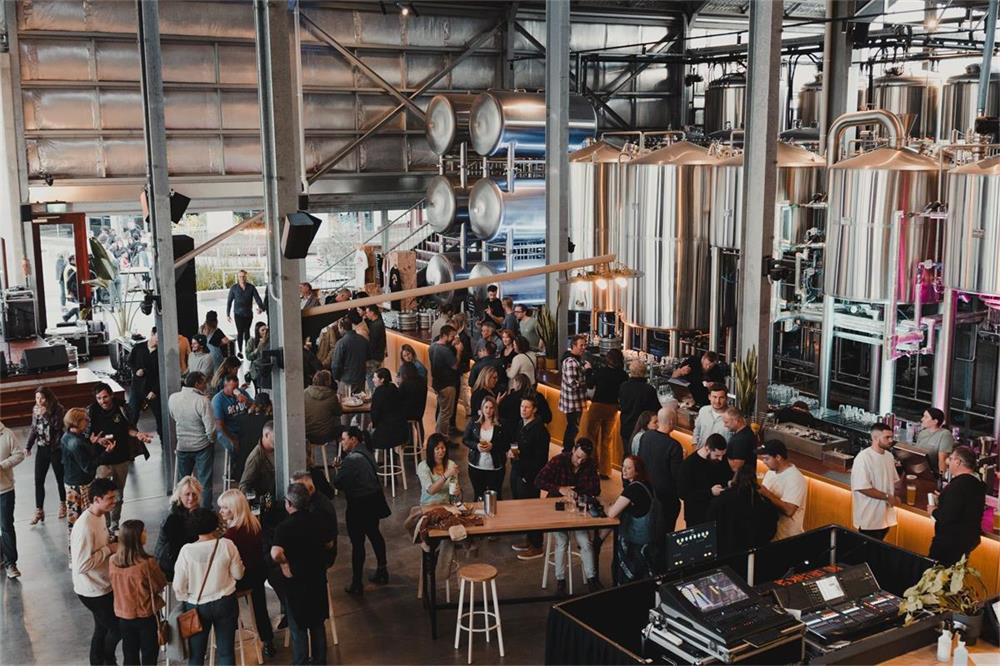
FAQ
| Question | Answer |
|---|---|
| How much space is required for a beer brewing plant? | A small brewery needs 1,500-3,000 sq. ft., while a larger one requires over 10,000 sq. ft. |
| What is the cost of setting up a brewery? | A small-scale brewery costs $100,000-$500,000, while industrial-scale breweries exceed $5 million. |
| How long does beer take to brew? | Standard beers take 2-6 weeks, while specialty aged beers can take months. |
| What are the most common types of beer brewed? | Lagers, ales, stouts, IPAs, pilsners, and wheat beers are widely brewed. |
| Can I start a brewery with minimal equipment? | Yes, small-scale nano breweries can start with essential gear and scale up later. |
| Do I need a brewing license? | Yes, breweries require licenses for production, distribution, and alcohol sales. |
FAQ (Beer Brewing Plant)
1) How do I size utilities for a new beer brewing plant?
Plan electric/steam for mash and boil loads, 3–10 SCFM compressed air for valves/packaging, glycol chilling sized for peak simultaneous fermentations (≈1–2 tons per 10 bbl as a starting point), and confirm water flow/pressure for brewhouse + CIP.
2) What permits and approvals are typically required?
In the U.S.: federal TTB Brewer’s Notice, state alcohol manufacturing license, local zoning/occupancy, health department, wastewater discharge (pretreatment if needed), fire/life safety, and boiler/pressure vessel permits where applicable.
3) How much cellar capacity should I install relative to brewhouse size?
Common rule is 3–5× FV capacity per brewhouse turn with 1–2 bright tanks. For a 20 bbl brewhouse, 60–100 bbl of FVs supports steady production and variety.
4) What drives total package oxygen (TPO) in a beer brewing plant?
Poor purging, open transfers, inadequate foam control, or mis-set fillers/seamers. Use closed transfers, CO2/N2 purges, dialed-in counter-pressure filling, and verify with DO/TPO meters.
5) How do I budget for CIP and sanitation?
Specify tank spray devices (rotary jet heads), validated alkaline/acid cycles, hot water at 60–70°C, and ATP/visual verification. Expect water use improvements with optimized recipes and conductivity-based endpoints.
2025 Industry Trends for Beer Brewing Plants
- Electrification and heat recovery: More electric brewhouses plus heat exchange loops preheating strike/cleaning water to reduce kWh/hL.
- Sensor-driven QA: Wider use of inline DO, pH, gravity, and temperature arrays with SPC dashboards.
- Water stewardship: Lower water-to-beer ratios via CIP optimization, rinse reuse, and efficient keg/bottle washers.
- Flexible packaging cells: Compact rotary canning/bottling monoblocs with machine vision for fill/seam QA.
- NA/low-ABV expansion: More micro-membrane dealcoholization and vacuum distillation options sized for small plants.
2025 Benchmarks and Cost Snapshot (US/EU; directional)
| Metric | 2023 Avg | 2025 Avg | Notes/Source |
|---|---|---|---|
| Brewhouse energy (kWh/hL, electric) | 1.6–2.2 | 1.2–1.8 | Heat recovery, insulation |
| Cellar water use (hL water/hL beer) | 3.0–5.0 | 2.5–4.0 | CIP/rinse reuse |
| 20 bbl semi‑auto brewhouse cost | $180k–$300k | $200k–$340k | Added controls/sensors |
| 40 bbl FV (jacketed 304 SS) | $22k–$32k | $24k–$36k | Instrumentation upgrades |
| Small canning line (25–60 CPM) | $80k–$180k | $95k–$220k | Vision, DO sensors |
Sources:
- Brewers Association benchmarking and sustainability: https://www.brewersassociation.org
- Master Brewers Association (MBAA) technical resources: https://www.mbaa.com
- ProBrewer classifieds/vendor specs: https://www.probrewer.com
- U.S. Energy Information Administration (EIA): https://www.eia.gov
Latest Research Cases
Case Study 1: Heat Recovery Cuts Energy at 30 bbl Plant (2025)
Background: A regional brewery faced rising utility costs and bottlenecks at mash-in.
Solution: Installed a plate heat exchanger loop to preheat HLT using whirlpool/wort-chiller reject; insulated piping; automated valve sequencing via PLC.
Results: Brewhouse energy intensity dropped from 1.9 to 1.35 kWh/hL; mash-in time reduced by 12–18 minutes per batch; annual electricity spend decreased ~14%.
Case Study 2: Closed Transfers and Inline DO Improve Shelf Life (2024)
Background: Returns due to staling on distributed pale ales.
Solution: Implemented fully closed transfers from BBT to filler with CO2-purged lines, added inline DO sensors at filler bowl and discharge, and standardized foam knives.
Results: Discharge DO fell from ~100 ppb to 35–60 ppb; TPO variability tightened; complaint rate dropped 40% and best-by dates extended by 30 days.
Expert Opinions
- Mary Pellettieri, QA Consultant and author of “Quality Management: Essential Planning for Breweries”:
“Build QA into your beer brewing plant design—sensor placement, sampling points, and data logging. You can’t control what you don’t measure.” - Mitch Steele, Brewmaster and Author:
“Right-size the cellar and cold-side controls before overspending on hot-side complexity. Fermentation management determines consistency and shelf life.” - John Mallett, Brewing Operations Expert:
“Sanitary design pays dividends. Smooth welds, proper drains, and validated CIP reduce downtime and protect flavor.”
Practical Tools/Resources
- Brewers Association: sustainability, safety, and packaging guides: https://www.brewersassociation.org
- MBAA Technical Quarterly (cellar/CIP/process): https://www.mbaa.com
- ProBrewer (plant layouts, utility calculators, vendor directory): https://www.probrewer.com
- EPA WaterSense (industrial water efficiency concepts): https://www.epa.gov/watersense
- Anton Paar and Pentair Haffmans (DO/TPO/CO2 measurement): https://www.anton-paar.com | https://foodandbeverage.pentair.com
- Hygiena ATP testing (sanitation verification): https://www.hygiena.com
Optimization tip: Add internal links to “beer brewing plant utilities and layout,” “closed transfers and low‑O2 packaging,” and “heat recovery for brewhouses” to reinforce topical authority for Beer Brewing Plant.
Last updated: 2025-09-09
Changelog: Added 5 FAQs, 2025 benchmark table with energy/water/cost targets, two case studies on heat recovery and DO control, expert insights, and curated tools/resources for Beer Brewing Plant
Next review date & triggers: 2026-03-01 or earlier if equipment/utilities pricing shifts >10%, BA/MBAA publish new CIP/QA guidance, or local permitting standards change significantly
Share this entry
Interested in learning more about Brewing Systems including additional details and pricing information? Please use the form below to contact us!
YOLONG BREWERY EQUIPMENT FAQS
- Commercial Brewery / Craft Brewery / Microbrewery / Nanobrewery
- What is The Difference Between Craft Beer and Industrial Beer?
- The Bespoke Differences In Custom Brewing Systems
- Everything You Need to Know About Kettle Souring
- How to Choose Brewing Equipment for Your business?
- How To Choose The-Best Partner To Build Your Commercial Microbrewing System?
- Two Detection Sensors That You Need To Use In Your Brewhouse System
- Remote Control Applications in Brewing Equipment/How does it work?
- How To Clean Your Brand New Brewery Tanks?

